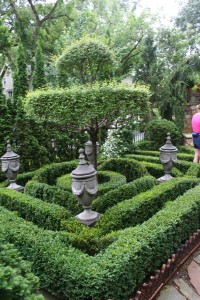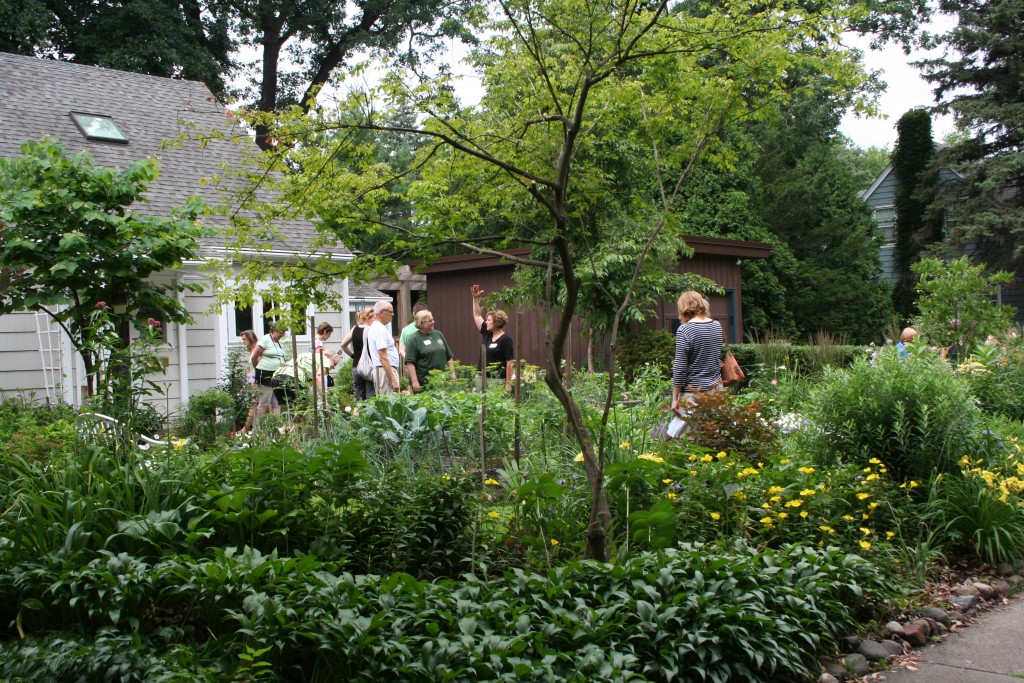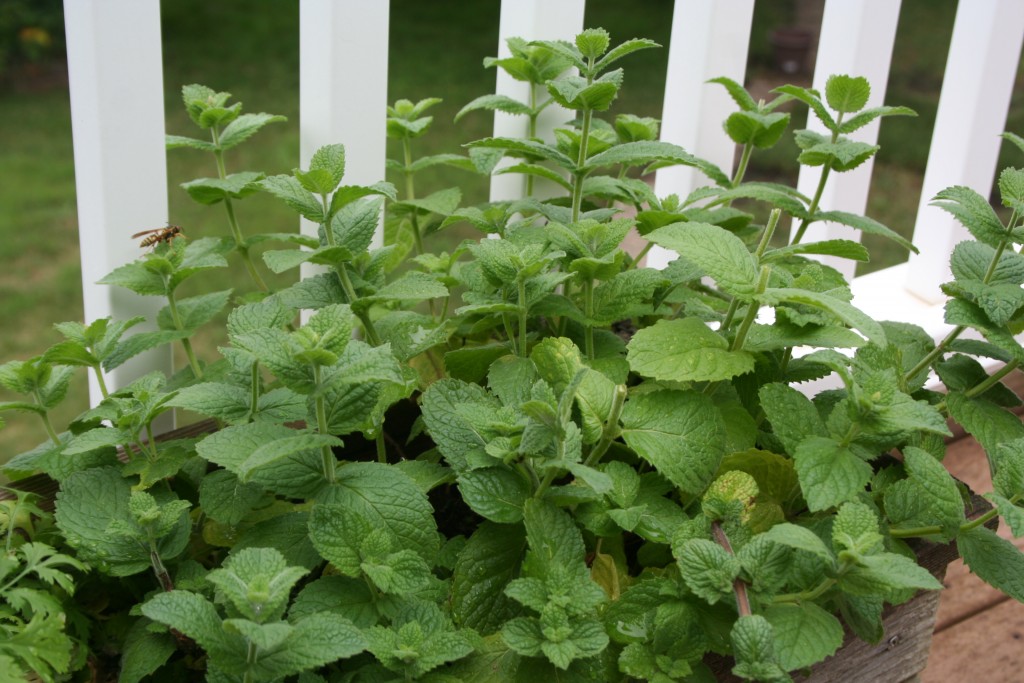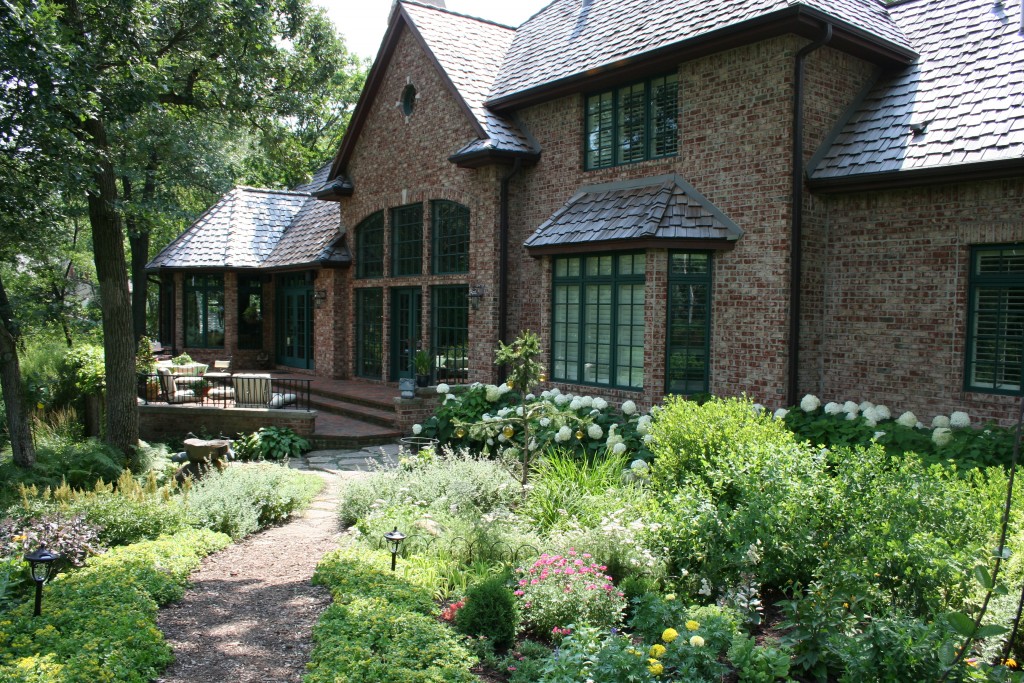Creating a Cottage Garden for the North
As winter drags on, this chilly weekend would be a great time to think about garden design. A cottage garden is charming, productive and can be adapted to many house styles.

If your house is tall, imposing and formal, you may want to stop reading here. A formal house almost demands symmetrical plantings, pairs of urns near the front door and other more dignified plantings. Go with it, and embrace your house’s inner Downton Abbey. The same restriction may apply to houses with a mid-century modern aesethetic. Don Draper was not the kind of guy to plant peonies or let his cosmos go crazy in the garden.
For many other house styles, an English-style cottage garden is possible with a few tweaks to account for our northern climate and your own home’s style.
A Cozy Garden
Cottage gardens have always been popular. They’re lush and, at the same time, cozy. They evoke the past and seem to envelop a home in color and warmth. While cottage gardens started as strictly necessary spaces where cottagers grew vegetables, fruits and medicinal and culinary herbs, today many gardeners think of cottage gardens as largely ornamental spaces.

There are a few design elements typical in the cottage style, though these can be modified depending on your house and neighborhood. Cottage gardens are often front-yard spaces and are enclosed, either with a fence or with a hedge. The style is casual overall and plantings within the cottage garden tend to be dense and lush, which adds to the full look and also keeps down weeds. A place to sit, whether a small patio or a spot on the porch near the garden, makes a cottage garden especially welcoming. A front gate would be delightful.

While some traditional English plants – European holly, for example – won’t survive in our area, others do well here, such as delphinium, or can be replaced with similar species. In a sunny location, good choices for a northern cottage garden would include black-eyed Susans, blanket flowers, purple coneflowers, sea hollies and yarrow, for example, as well as annuals like poppies, morning glories and nasturtiums and traditional biennial plants such as hollyhocks. Many of these plants are self-seeders, meaning that in a few years they will be mixed up together. You may need to do some editing (that is, weeding) of the garden, but that jumbled look is part of the charm of a cottage garden.

For herbs in a cottage garden, choose the ones you like best – parsley, basil and dill are good choices and favorites of pollinating insects. The wild spreading herbs – mints and chives, for example – might be best kept in pots, which can be arranged near the seating area or throughout the garden. Put a tomato plant amid the flowers or make a container of lettuce for eating as well as its pretty look.
If you would like to add tree fruits to your garden, choose a variety on dwarf rootstock, such as ‘State Fair’ or Honeycrisp™ apples or an Evans ‘Bali’ cherry. Or add strawberries or a plum tree – both very English and very delicious.
What’s your favorite garden style?


2 Comments
-
Pingback: New Northern Gardener Available - Notes from Northern GardenerNotes from Northern Gardener
-
Pingback: Summer Northern Gardener® is Packed with Ideas - Minnesota State Horticultural Society
Back to Blog